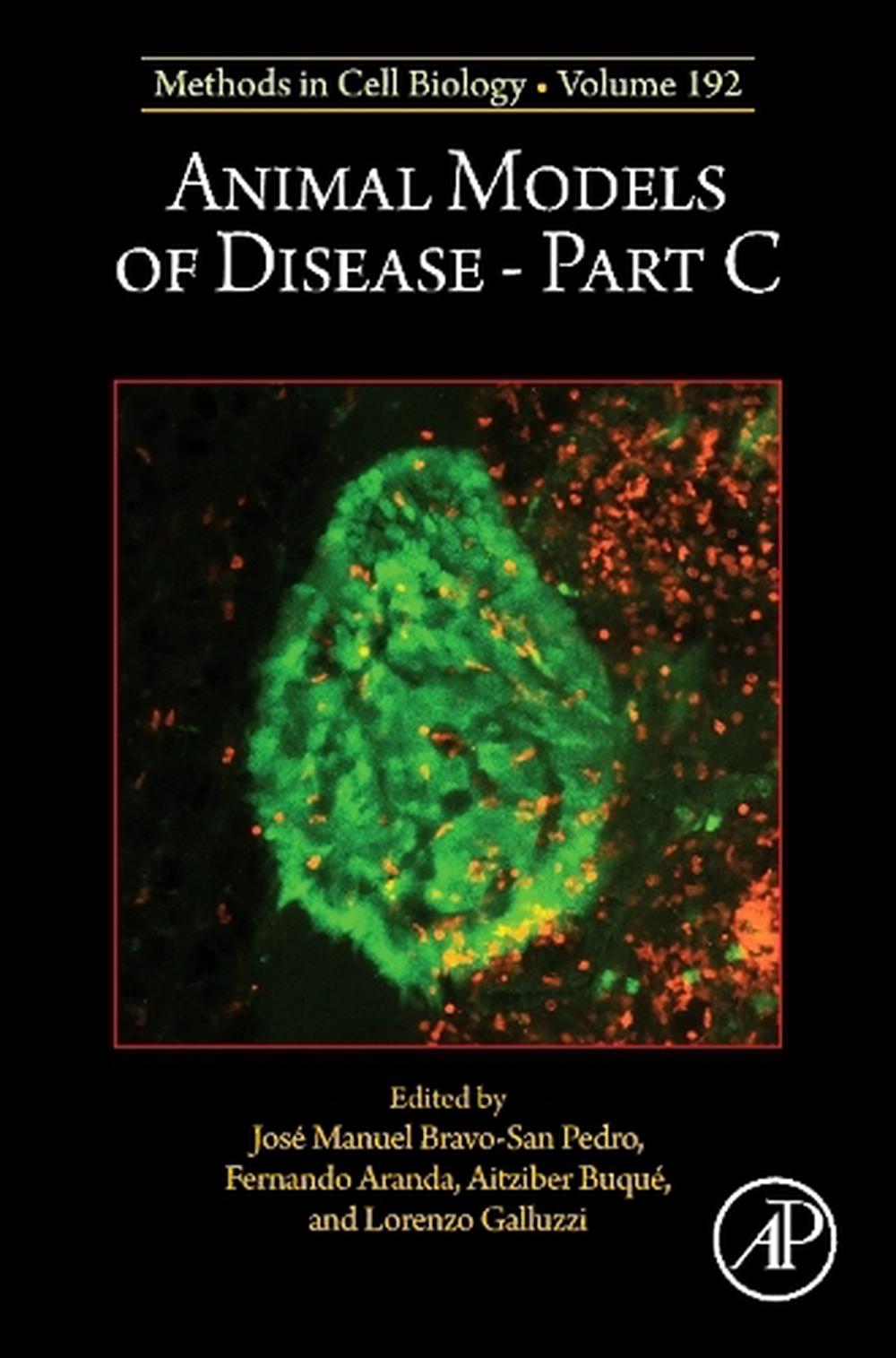
When you click on links to various merchants on this site and make a purchase, this can result in this site earning a commission. Affiliate programs and affiliations include, but are not limited to, the eBay Partner Network.
Animal Models of Disease Part C by Lorenzo Galluzzi Hardcover Book

- Item No : 388474476788
- Condition : Brand New
- Brand : No brand Info
- Seller : the_nile_uk_store
- Current Bid : US $295.22
-
* Item Description
-
The Nile on eBay

Animal Models of Disease Part C
by Lorenzo Galluzzi, Fernando Aranda Vega, Aitziber Buque Martinez, Jose Manuel Bravo-San Pedro
Animal Models of Disease, Part C, Volume 192 in the Methods in Cell Biology series, highlights advances in the field, with this new volume presenting interesting chapters on a variety of timely topics, including Characterizing tumor-infiltrating group 1 innate lymphoid cells in PyMT breast tumors, The current models unravel the molecular mechanisms underlying the intricate pathophysiology of Alzheimer's disease using Zebrafish, Colitis mouse model, Matching model with mechanism: appropriate animal models for studying various aspects of diabetes pathophysiology, Human cancer cells xenografts to assess the efficacy of granulysin-based therapeutics, and much more.Additional sections cover Antimicrobial regime for gut microbiota depletion in experimental mice models, Evaluating polyglutamine protein aggregation and toxicity in transgenic Caenorhabditis elegans models of Huntington's disease, A model of intraperitoneal ovarian cancer to study tumor responses to radioimmunotherapy, Metallic nanoparticles biodistribution for the study of lymphoma in animal models, Stereotactic injection of murine brain tumor cells for neuro-oncology studies, Evaluating amyloid-beta aggregation and toxicity in transgenic Caenorhabditis elegans models of Alzheimer's disease, and much more.
FORMAT
HardcoverCONDITION
Brand New
Table of Contents
PrefaceLorenzo Galluzzi, Fernando Aranda, Aitziber Buque and José Manuel Bravo-San Pedro1. Characterizing tumour-infiltrating group 1 innate lymphoid cells in PyMT breast tumoursNicolas Jacquelot, Sara Lamorte, Alisha Elford, Douglas Chung, Kiichi Murakami and Tracy McGaha2. The current models unravel the molecular mechanisms underlying the intricate pathophysiology of Alzheimer's disease using Zebrafish.Ginpreet Kaur and Baban Thawkar3. Colitis mouse modelDaniel Ajona, Yaiza Senent, Ana Remírez and Beatriz Tavira4. Matching model with mechanism: appropriate animal models for studying various aspects of diabetes pathophysiologyAileen King and Lydia Faith Daniels Gatward5. Induction of sepsis in a rat model by the cecal ligation and puncture technique. Application for the study of experimental acute renal failureAlberto Lazaro Fernandez Sr. and María Ángeles González-Nicolás6. Human cancer cells xenografts to assess the efficacy of granulysin-based therapeuticsAlberto Anel Bernal7. Antimicrobial regime for gut microbiota depletion in experimental mice modelsFrancisco Lozano, Laura Carrillo-Serradell, Alessandra Borgognone, Marc Noguera-Julian, Violeta Planells-Romeo, Lucía Aragón-Serrano, Mariona Parera, Sergi Casadó-Llombart, María Velasco-de Andrés and Roger Paredes8. Evaluating polyglutamine protein aggregation and toxicity in transgenic Caenorhabditis elegans models of Huntington's diseaseLeticia Priscilla Arantes and Felix Alexandre Antunes Soares9. A model of intraperitoneal ovarian cancer to study tumor responses to radioimmunotherapyJulie Constanzo, Jean-Pierre POUGET, Clara Diaz Garcia-Prada and Salima Atis10. Metallic nanoparticles biodistribution for the study of lymphoma in animal modelsLaura Mondragón Martínez, Barbara Chalhoub and Víctor F. Puntes11. Stereotactic injection of murine brain tumor cells for neuro-oncology studiesMara De Martino, Claire I. Vanpouille-Box, Camille Daviaud and María Cecilia Lira12. Evaluating amyloid-beta aggregation and toxicity in transgenic Caenorhabditis elegans models of Alzheimer's diseaseLeticia Priscilla Arantes, Felix Alexandre Antunes Soares and Larissa Marafiga Cordeiro
Details
ISBN0443222428Author Jose Manuel Bravo-San PedroPublisher Elsevier Science Publishing Co IncSeries Methods in Cell BiologyYear 2025ISBN-13 9780443222429Format HardcoverImprint Academic Press IncPlace of Publication San DiegoCountry of Publication United StatesAlternative 9780443222436Audience Professional & VocationalISBN-10 0443222428Pages 224AU Release Date 2025-01-23NZ Release Date 2025-01-23Publication Date 2025-01-24US Release Date 2025-01-24UK Release Date 2025-01-24DEWEY 616.027


















